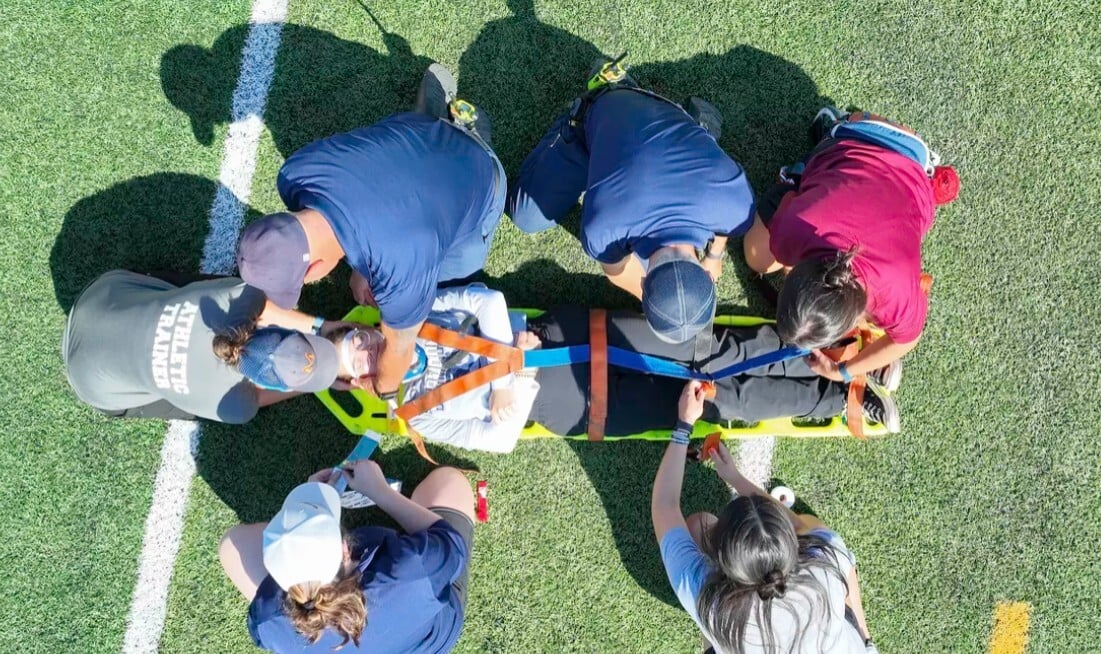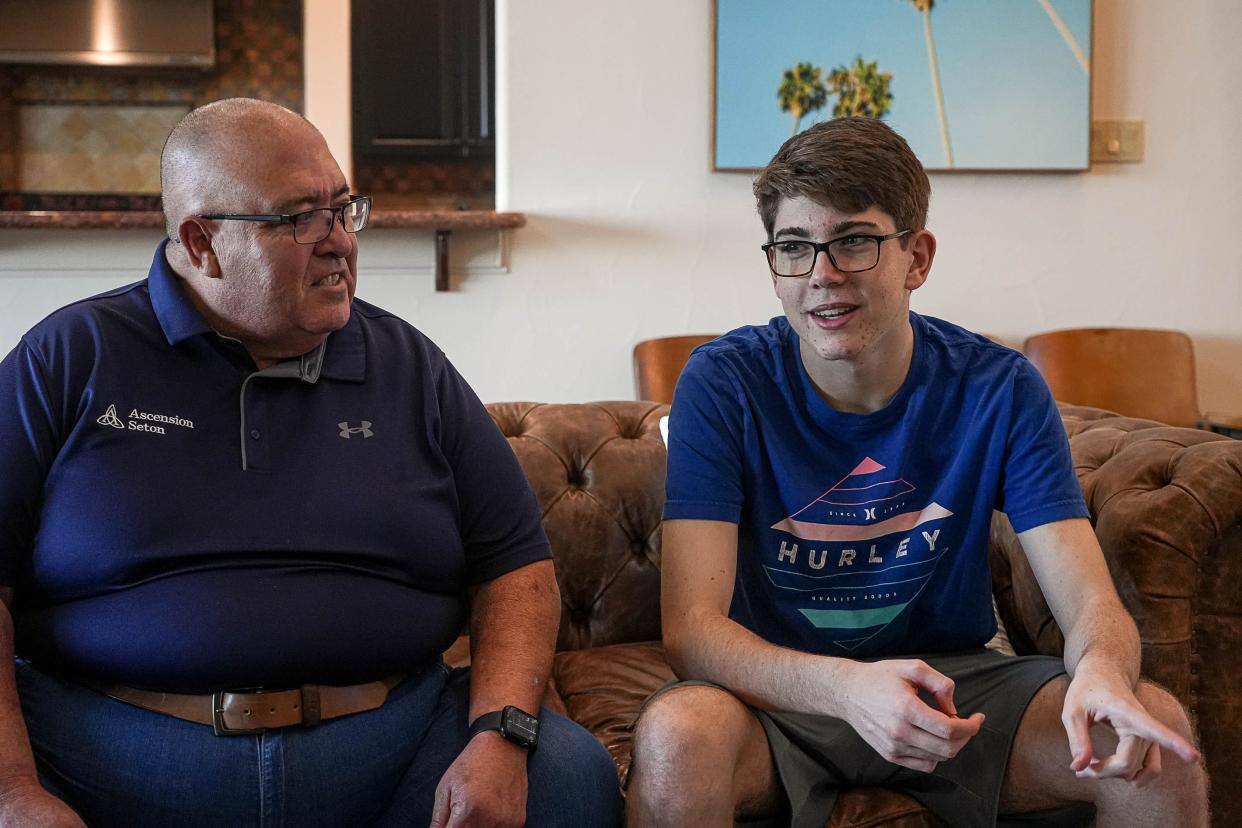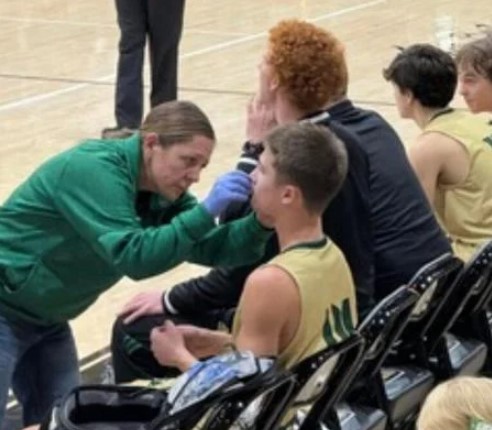How Athletic Trainers Keep Rodeo Athletes Competing Safely
 When it comes to the phrase sports medicine, most immediately think about the healthcare professionals working the sidelines of a football game or sitting near the bench during a basketball tournament.
When it comes to the phrase sports medicine, most immediately think about the healthcare professionals working the sidelines of a football game or sitting near the bench during a basketball tournament.
But in the world of rodeo, where the thrill of the sport meets the unpredictability of animal behavior, Athletic Trainers also play a vital role in ensuring the safety and treatment of athletes' injuries.
 Dr. Omar Atassi, an orthopedic trauma surgeon at Baylor College of Medicine, underlines the risk involved in rodeo sports:
Dr. Omar Atassi, an orthopedic trauma surgeon at Baylor College of Medicine, underlines the risk involved in rodeo sports:
"You can get sprains or ligament tears, tendon injuries, breaks or fractures in bones in any sport. Just because you don't hear about injuries in rodeo sport since it's not as common as something like pickleball doesn't mean it can't be dangerous."
The severity and nature of rodeo injuries necessitate specialized medical support, as highlighted by Chad Smidt, a certified AT with the Orthopedic and Spine Center of the Rockies, who has spent 30 years working with rodeos:
"With rodeo, we see a lot of similar injuries that we do with a lot of other contact and collision sports...The big difference with rodeo is the severity of that."
Mark Chisum, who transitioned from traditional sports athletic training to rodeo, now travels from one event to another, providing continuous care to athletes:
"We have a lot of people like myself who are full-time athletic trainers who do rodeo events going from rodeo to rodeo just like the athletes do."
This itinerant model of care is crucial for athletes who compete across the country, relying on the medical teams to maintain their physical readiness and address any injuries that occur.
The collective efforts of these medical professionals underscore the unique challenges of rodeo sports.
From pre-event taping and injury prevention education to emergency care and rehabilitation, Athletic Trainers and physicians like Atassi, Smidt, and Chisum are essential to the health and safety of rodeo athletes, ensuring they can continue to compete in the sport they love while minimizing the risks posed by their formidable, four-legged teammates.
![HR Logo [Recovered]_Full Color Vertical-1](https://blog.healthyroster.com/hs-fs/hubfs/HR%20Logo%20%5BRecovered%5D_Full%20Color%20Vertical-1.png?width=199&height=178&name=HR%20Logo%20%5BRecovered%5D_Full%20Color%20Vertical-1.png)
 By
By


